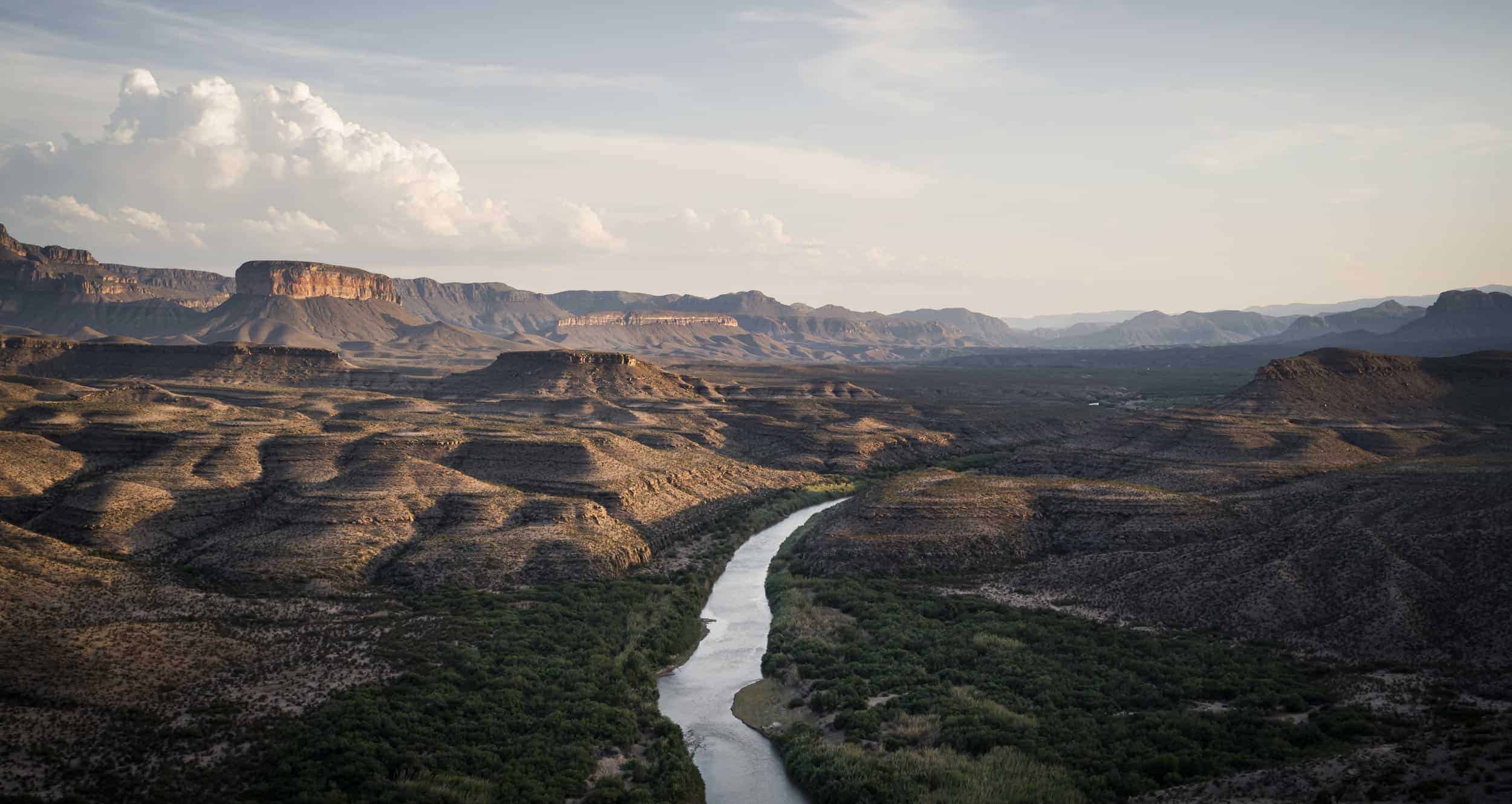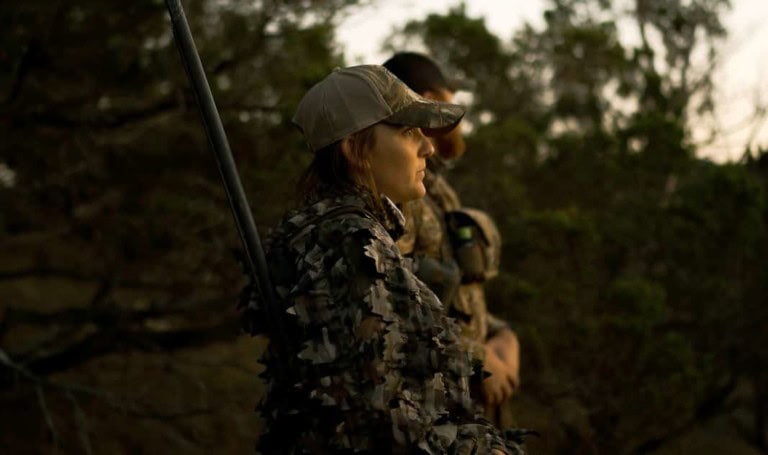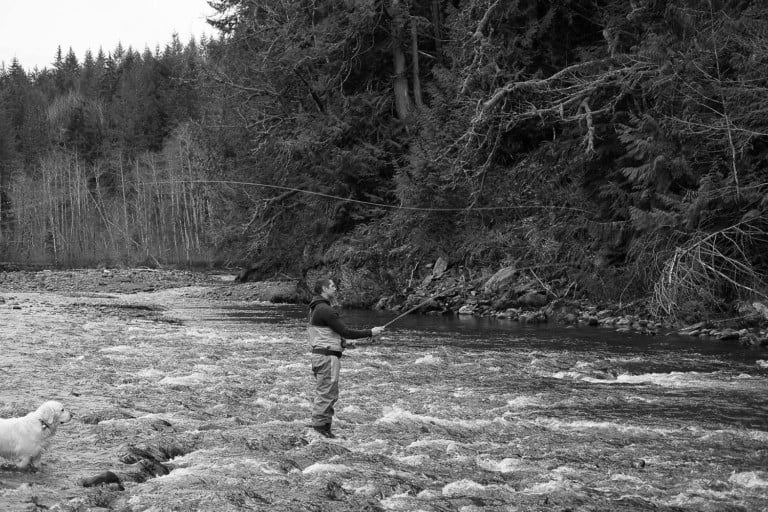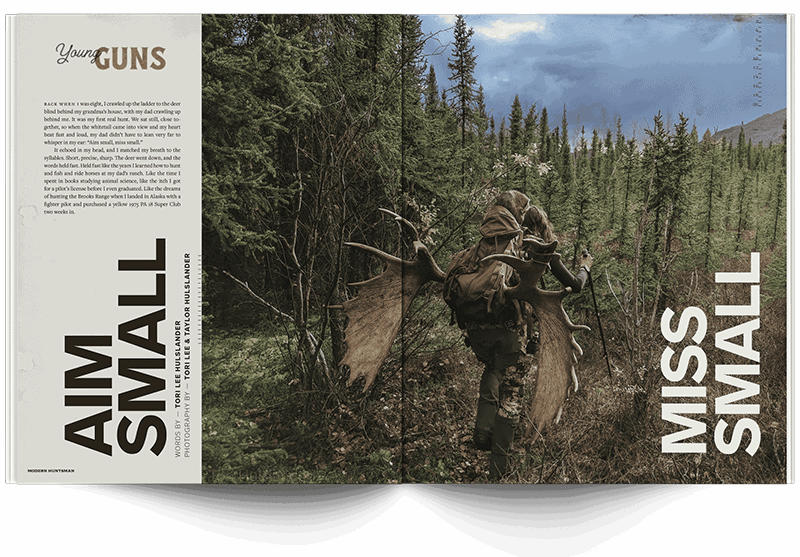In Texas, mountain lion harvest is virtually unregulated. They can be hunted and trapped 24/7/365 without bag limits, seasons, or the 36-hour trap check requirements for other fur-bearing species such as foxes, beaver, or ring-tailed cats. It is common for Texas hunting and livestock operations to hire professional lion trappers to set out dozens of leg hold traps, bait them with a scented lure, and leave them for weeks to months. When caught, the lions die from exposure. Some die quickly, others take days. In the puma’s distribution range from Alaska to Argentina, there is no other state or country that has such loose regulations on mountain lion harvest and trapping as Texas. Yet they somehow continue to persist in the rugged mountains of the Trans-Pecos, the broken borderlands along the Rio Grande, and the South Texas brush country. How?
Over the past decade, biologists at the Borderlands Research Institute (BRI) in Alpine, TX have been catching mountain lions, attaching GPS collars, and studying their diet, distribution and mortality to help wildlife managers, landowners and agencies make data-driven decisions. And the data they’re uncovering is so damn fascinating! Some cats went on treks for hundreds of miles, others ate almost exclusively javelina, and one little badass 100-pound female was killing an elk five times her size with her teeth every month! As a former hunting guide and biologist turned wildlife filmmaker, the appeal of making a short film about the research was way too strong for me to resist. I approached the Borderlands Research Institute team, they agreed to let me tag along with a camera, and we set out to produce the short film Lions of West Texas about catching lions, strapping GPSs on them, and getting a fascinating glimpse into their mysterious lifestyles.
For four incredible months, I set out





